CT based surveillance programme following resection of early stage lung cancer
Category: Follow-Up and End-of-Life Care
The problem identified
The ideal follow-up for resected lung cancer patients remains uncertain. CXR follow-up protocols have been standard practice after thoracic surgery but are of limited benefit in picking up small abnormalities in the chest, distant disease will also be missed. CT follow-up offers improved imaging but with increased exposure to radiation and an increased workload for the Radiology department.
The intervention made to change the problem
Following discussion within the MDT we introduced standardised follow-up protocols for patients following thoracic surgery. Our initial protocol was for 6 monthly follow-up for 2 years with CT chest, abdomen and pelvis with contrast at 6 months and 18 months, then annual follow-up to 5 years postoperatively with a further CT chest abdomen and pelvis with contrast at 4 years.
Following review of the first 3 years of results this has now been amended, the timing of follow-up remains the same but a CT chest, abdomen and pelvis with contrast is performed prior to every appointment.
How it changed my practice
The CT follow-up programme is now embedded in our MDT practice. All patient who have primary lung cancer resected and do not require adjuvant treatment follow the protocol. Patients attend for a CT one month prior to their follow-up appointment, allowing time for the images to be reported before the patient is seen. Abnormal CT results are triaged by the nurse practitioner, repeat imaging is arranged if recommended by the reporting radiologist, all other abnormal results are discussed at the lung MDT.
In the first 3 years of the programme 28% of CTs were abnormal, half of these patients went on to be diagnosed with malignancy. The non-malignant abnormalities were most commonly nodules under continuing follow-up or infection related abnormalities. The programme has detected 79% of cancers prior to the development of clinical symptoms. 5% of patients under follow-up developed recurrent lung cancer, 3.5% had new lung primaries and 1% had non-lung primaries detected. 57% of the CT detected tumours were radically treated. 85% of the radically treated patients had their disease detected in the first 18 months after surgery, compared to 45% of the palliative treatment group.
Resource / Cost implications
Increased burden of work in the lung cancer MDT - abnormal results need to be discussed, not all of the abnormal results turn out to be recurrent/new cancers.
Increased number of CT image requests.
